9 Different Types Of Saws – Their Difference and How They Work?
TheToolGeeks.com is a participant in the Amazon Services LLC Associates Program and other affiliate advertising programs. We may earn from qualifying purchases. (Learn More).
Feeling creative or want to create something in the house, whether it is a decorative or renovated job you will need tools to complete the task.
One of the tools you will need is the saw. Now, before you start with the work, you need to have some basic knowledge of the tools you are going to use including the saw. There is a variety of saws, each created for a specific purpose.
Different Types of Saws
Here are some of the most used saw, their purpose, and their features.
The Classical saw
This type of saw has a large blade with a firm handle. It is powered by only muscles and it can cut where the power saws can’t. Your decision about which classical saw to use depends on what kind of cut you are trying to make and how many teeth per inch it takes to make it.
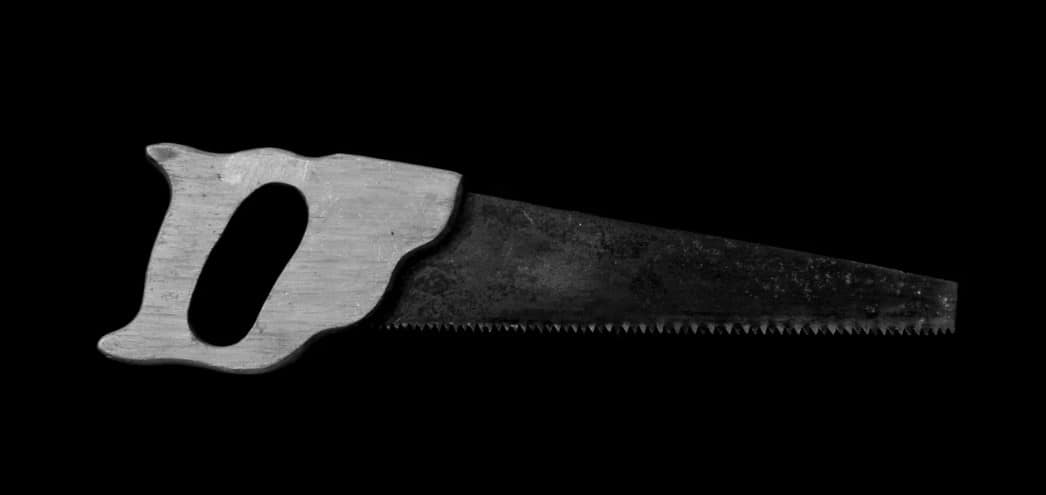
·.
· Take a crosscut saw when you want to cut across the grain of the wood. It has shorter teeth that the rip saw with 10 to 12 teeth per inch.
· There is also a saw to do it all. This saw is called The Dual-cut or ‘hybrid’ handsaw. It is produced with 6 to 8 teeth per inch and is capable to do both; rip wood and cut across the grain.
The Hacksaw
A thin saw with interchangeable blades. The blade is created with teeth 14 to 32 per inch. The c-shaped hacksaw can be used for cutting metal pipes.
Different teeth options allow cutting even sheet metal and conduit. Merely change the blades 10 to 12 teeth per inch.
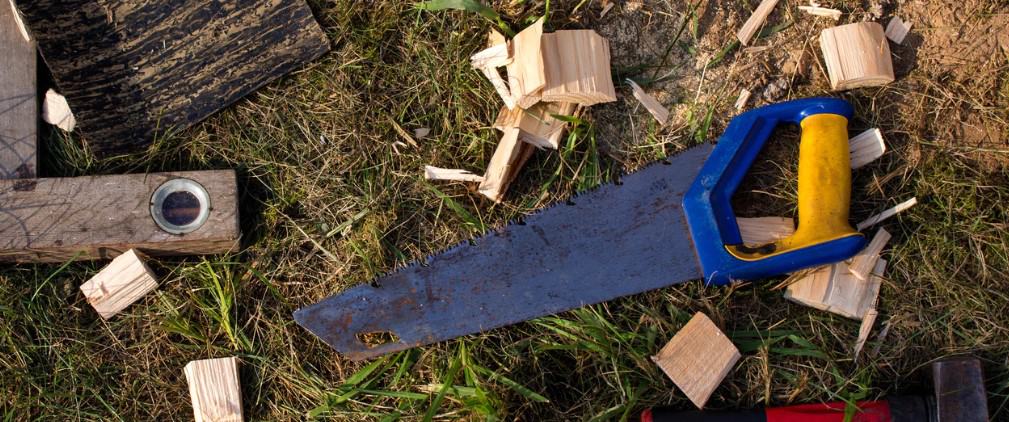
They are kept in place by screw nuts on each end. Moreover, it possesses a tension nut which makes it possible to increase the length on the blade for easier sawing. It also has the option to change hacksaw’s teeth pattern, for example:
· For and easy cutting of the standard pipes use the small teeth. You have to arrange the blade in sets of three teeth per inch.
· If you want to cut soft metal than you have to use the regular blade set. In this pattern, teeth are placed next to each other leaving no space between. But each tooth is angled in a different direction, forward or backward.
· Wavy set is used to cut thin metal. In this pattern, the teeth are placed next to one another but the pattern creates a slight wave from one side to the other.
The Coping Saw
This type of saw has just one purpose, to cope or back beveled cuts. It is used for trim installation inside the corners. The coping saw mirrors and works like the hacksaw and uses muscle power but the frame of coping saw weighs less and has a shorter blade.
Its blade is 6 ¾ long and the teeth are position from 10 to 32 per inch. Thanks to the tiny blades this saw can avoid curves and make perfect joints while installing crown molding or any other type of trimming.
One of my favorite coping saws is the BAHCO 301 6 1/2 Inch Coping Saw. It has a carbon steel blade for strength and durability, which is also coated with nickel to fight against corrosion and wear
The Jigsaw
A multi-functional saw for DYE-ers. The jigsaw is used for cutting straight lines, much like the circulator saw. The most important feature of this saw is its ability to cut curves. The reason why this saw is considered as the safest power saw is that it has a wide flat base which is called a ‘shoe’.
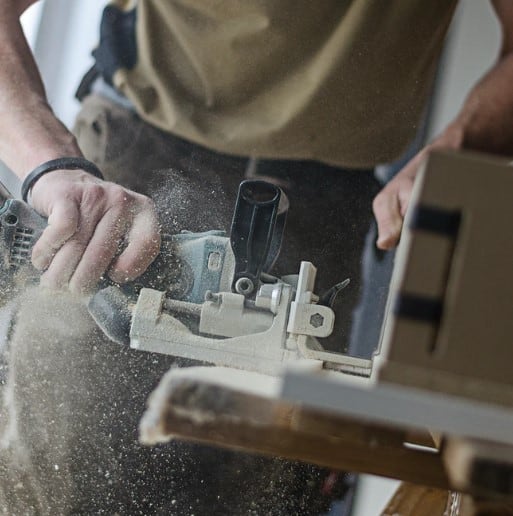
This shoe stays flat on the facade of the material you are working with and covers the blade for protection. Almost, every jigsaw is equipped with a tilted shoe so you can cut at any angle.
Jigsaws cut an average amount of wood types by using their blades with 8 to 10 teeth per inch. In the classical type, the teeth point up so it could cut upstroke.
Those blades, also, can reverse so it could cut downstroke as well. They can cut a complete surface such as a laminate countertop. Moreover, the blades are in different lengths and width, all depending on the curves. Use the saw with a blade widening ¼ inch to cut tight curves and 3/8 inch wide when cutting standard curves.
We recommend the DEWALT’s Corded 5.5 Amp Top-Handle Jigsaw kit. This saw is equipped with different speed dial to adjust the cutting speed. The carry bag comes along with it. It is a must-have saw for any DYE project.
The Circular Saw
This saw is produced specifically for cutting straight lines, whether its plywood, dimensional lumber, or even concrete. It is famous for framing as well as be a substitution for a table saw.
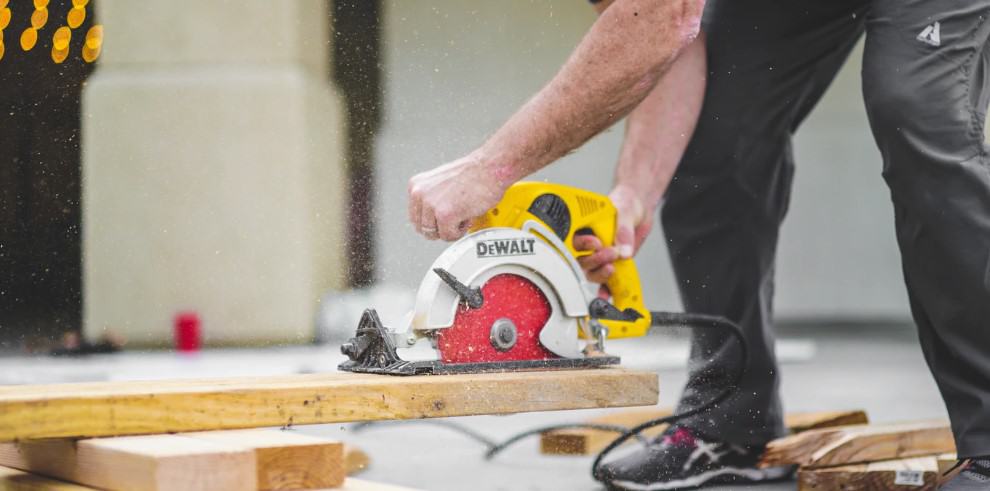
The circular saw has a circular blade and its base is huge, it can fit alongside material on which you are working. Most models of this saw are adjustable so you could make different kinds of cutting.
This saw’s blades are produced specifically for the material: for cutting plywood or lumber use the wood blades, for cutting concrete use the masonry blades.
Circular saws are created in different sizes, depending on the blade’s diameter that they use. The most used blade diameter is the 7 ¼ inch. You can find circular saw’s blades even smaller like 4 inches when working with a lighter wood or bigger like 12 inches when cutting heavy timber.
RYOBI 7 ¼ inches 13 Amp Circular Saw it is our recommendation. Use it when you are building garden sheds, playhouse, or other. This saw is equipped with a spindle lock to make the blade’s change easier. It has a 13 Amp motor, perfect for cuts through standard lumber and plywood.
The Miter Saw
When framing this saw makes the perfect crosscuts. What’s more, it cuts side strips and even does molding installations. Contemporary saws make angled cuts inspired by the same dominance as their ‘miter box’ relative.
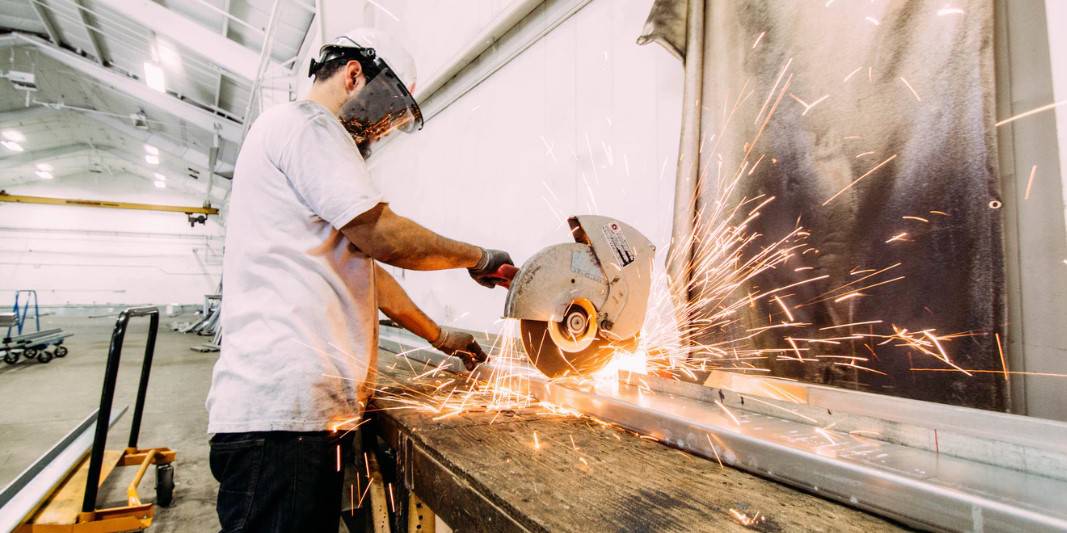
Even though, they make much more complex cuts. Its base with heavy steel is mounted for stability on a workshop table. The steel guide in the back edge is named a ‘fence’, which connects the material so you could cut it. The main blade is kept in the larger disk where its arm is adaptable, it can be increased or lowered or swiveled to cut every angle possible.
All miter saws do angle cut but a compound saw can tilt its axis so it can make slanted cuts not just angled ones.
The arm of the sliding miter, while the saw is working, can be moved forward so you could cut wider boards or siding strips. Many miter saws are equipped with laser guides to extend cutting precision. They come in 10 to 12 inches of size. The saw of 12 inches is usually used for commercials.
We recommend HITACHI C10FCG 15-Amp 10-inch Compound Miter saw. It has 24 teeth per inch to make angled cuts as well as easier bevel cuts. This saw it’s a solid choice when making DYE or trim projects.
The Chainsaw
Chainsaws are powerful saw which is designed to cut trees. It is equipped with too many teeth that rotate around the guide bar. Their teeth go from 14 inches when making lighter cuts up to 36 inches for lumberjacks.
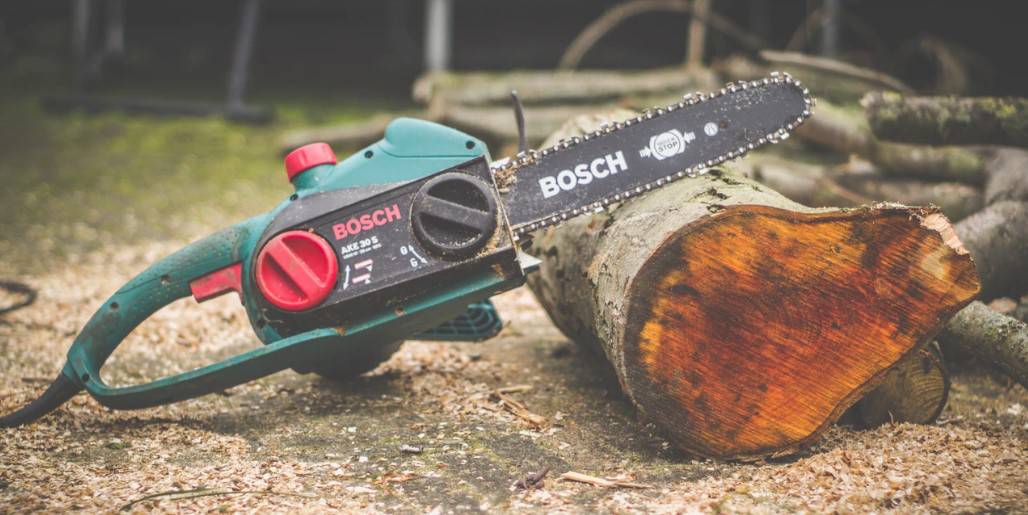
On some models of the chain saw they are interchangeable. For some of the users, a chainsaw with 16 inches is enough because a 16-inch chainsaw can feel a tree with a 32-inch diameter when saws around the entire tree in a systematic way.
Smaller chainsaws are used for trimming and pruning in the house. Some of them work by fueling, this makes it possible for remote uses such as harvesting firewood.
The chainsaw is the strongest of all saws yet there can be dangers. While working the tip of the guide can kickback. To protect yourself from any risk read the manual first and familiarize yourself with the saw and its safe buttons.
Recommendation: The Husqvarna 44E II 16-inch 2-Stroke, X-Torq Gas-powered Chain Saw. It quickly harvests firewood and prunes branches. This chainsaw is produced with 16 teeth per inch but if you wish it comes also with 18 inches. A light-weighted saw and powerful saves you the backpain.
Bandsaw
The bandsaw is mostly used for woodworking, but there are some bandsaws for metal. The bandsaw comes with two wheels ( upper and lower wheel ), these two turn a continuous blade band, that’s why this saw is called bandsaw.
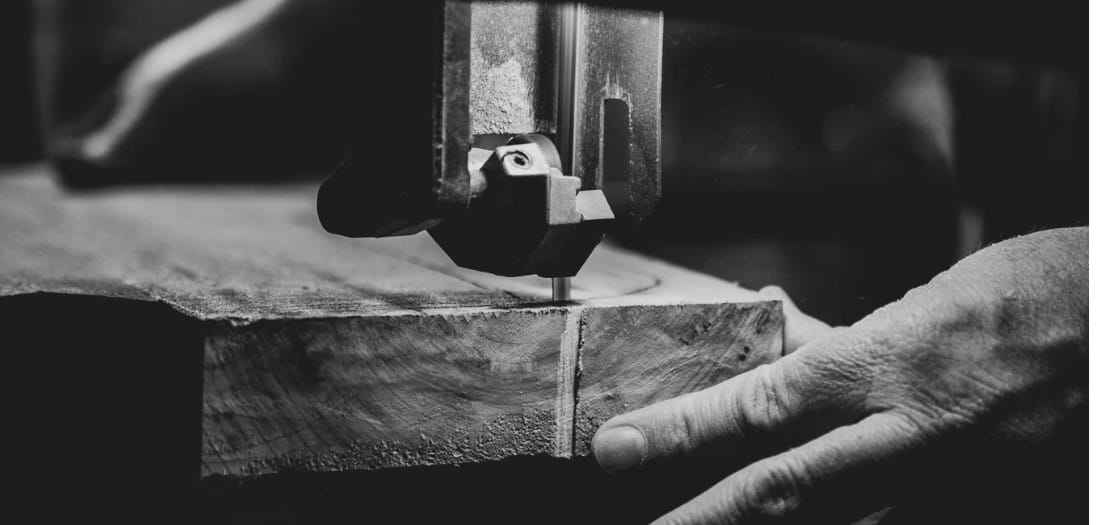
A difference between jigsaw and scroll saw with the bandsaw is that the bandsaw blades move non-stop in one direction, this minimizes the vibrations.
As we mentioned earlier — you can use the bandsaw for woodworking projects such as resawing, cutting curves, and circles. You can also use it to cut metal, meat, etc. It is also very known for rip cutting.
If you are a skilled and creative person there’s no limit what you can do with this saw.
Related Read — Best Industrial Benchtop Bandsaw
Table Saw
The table saw ( or bench saw in England) is used a lot for woodworking projects. As you may have guessed by the name, this machine comes with a big table and at the center of the table, there’s a saw that is driven by an electric motor. There are also cordless table saws that use a battery.
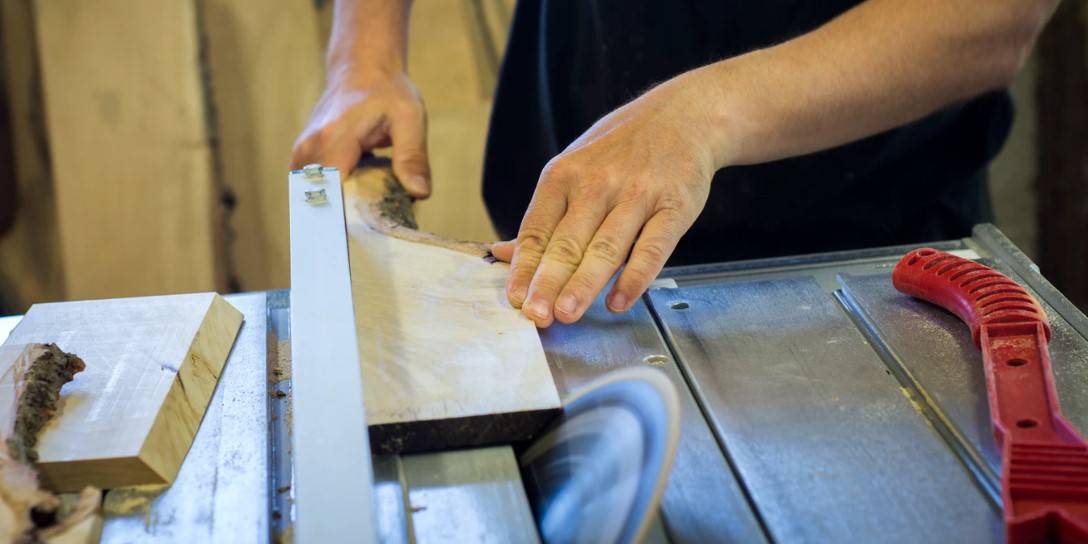
You usually put the material on the table and moving forward the blade and that’s how you cut the wood. The cut depth depends on the blade height. The higher the blade the deeper the cut. Most of the table saws allow you to adjust the blade height.
There are different types of table saws — Hybrid, Contractor, Cabinet Table Saws, Benchtop, Jobsite, and Sliding table saw.
This is an alert— Best Entry Level Table Saw Review
Saw’s teeth
What makes the saw a saw are its teeth. Saws can have 2 to 32 teeth per inch, it all depends on its purpose. Those saw blades that have lower teeth per inch are produced for a quicker cut but rougher cuts.
Meanwhile, the types of saw that have higher teeth per inch are produced for smoother and better cuts of woods or other material.
Amazon and the Amazon logo are trademarks of Amazon.com, Inc, or its affiliates.

